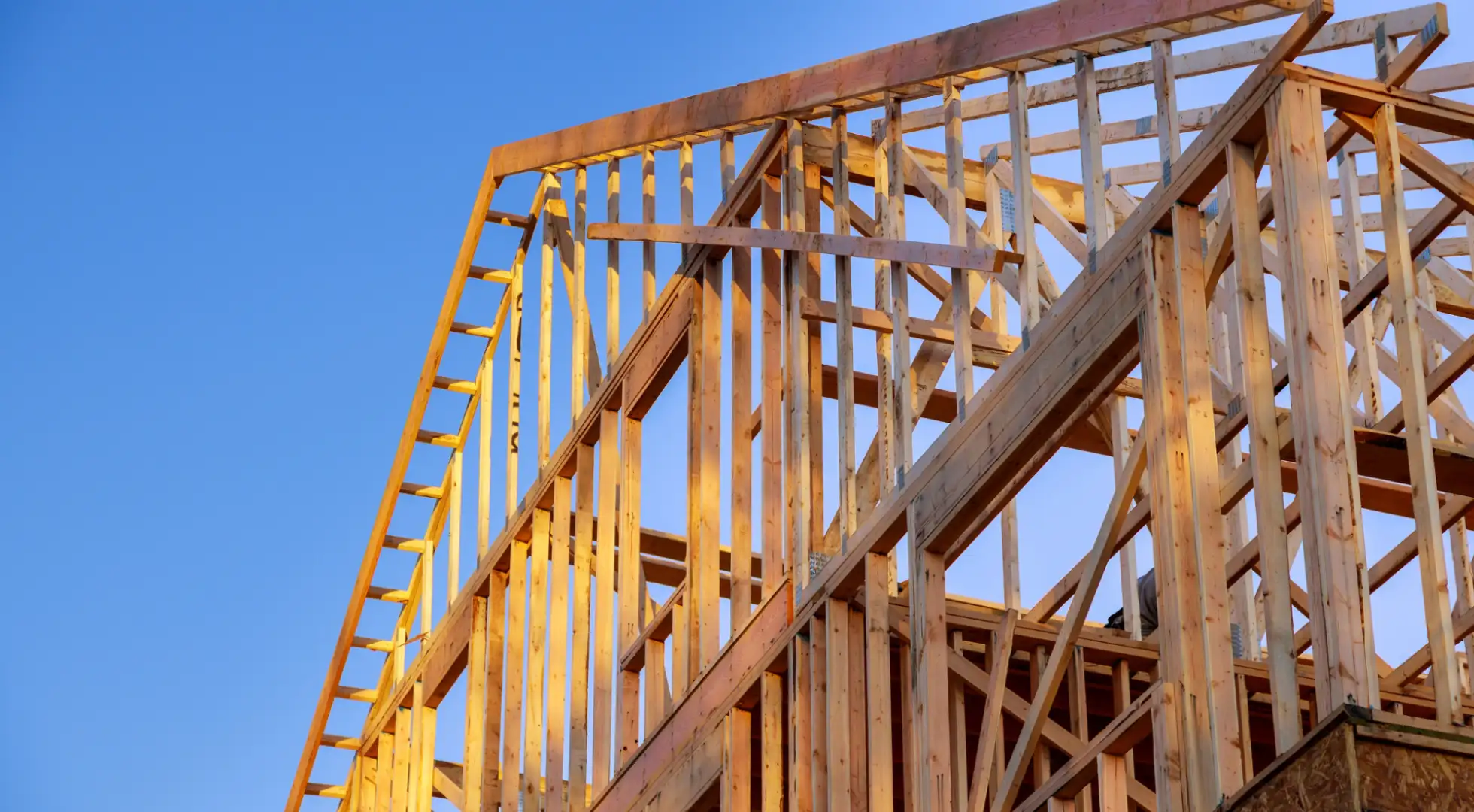Housing Starts, Permits Fall in September Amid Shortages

Housing starts dipped by 1.6% in September and the number of permits reached a one-year low while homebuilders grappled with supply-chain gridlocks and labor shortages.
Starts on housing reached a seasonally adjusted annual rate of 1.56 million units in September, dipping from 1.58 million in August, the Commerce Department said in a Tuesday report.
Single-family units were flat in September at an annualized rate of 1.08 million houses even though mortgage rates remained historically low. Multifamily starts such as apartments and condos declined by 5.1% to an annualized rate of 548,000 units.
Building permits plummeted by 7.7% in September to 1.59 million units at a seasonally adjusted annual rate, which was the lowest level since September 2020.
After declining for most of the year, single-family starts appear to be leveling out at a pace that is about 10% higher than before the COVID-19 pandemic started, said Doug Duncan, Fannie Mae’s chief economist.
There is strong demand from consumers who are seeking affordable housing while the number of existing homes for sale remains extremely tight, he said.
"While the recent drift upward in mortgage rates may begin to cool new home sales, we see demand as being sufficiently strong to drive a faster pace of home construction if homebuilders are able to alleviate supply constraints," Duncan said.
The number of new homes being constructed will increase, said Lawrence Yun, chief economist of the National Association of Realtors. Housing starts likely will rise to 1.65 million next year from 1.57 million in 2021, Yun said.
The one catch is that newly constructed homes tend to be larger and expensive than existing homes, which are not geared for first-time buyers.
“Nonetheless, more supply of these homes allows trade-up buyers to make their move and in the process place their previous homes on the market,” he said.
The decline in housing starts is close to the level in February 2020 and is well above last September’s pace, said Joel Naroff, chief economist of Naroff Economics.
“Home construction is slowing, but not for a lack of demand," Naroff said. "The labor and goods shortages are having negative impacts across the economy and the housing sector is one place where the effects are significant."
Builders are being stymied by a lack of supplies and employees, Naroff said.
"If you cannot build it, they don’t come," said Naroff.
While lumber prices retreated from record highs in May, they have started to creep up again. Windows and other building materials are not plentiful and causing construction delays, he said.
“It is a supply-constrained economy where fixing the constraint, the broken global supply chain, is the only thing that will change the situation,” he said.
Ellen Chang is a Houston-based freelance journalist who writes articles for U.S. News & World Report. Chang previously covered investing, retirement and personal finance for TheStreet. She focuses her articles on stocks, personal finance, energy and cybersecurity. Her byline has appeared in national business publications, including USA Today, CBS News, Yahoo Finance MSN Money, Bankrate, Kiplinger and Fox Business. Follow her on Twitter at @ellenychang and Instagram at @ellenyinchang.




